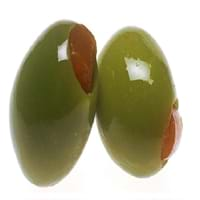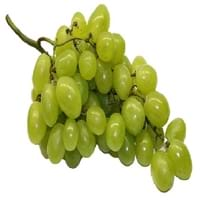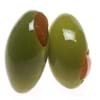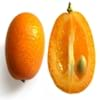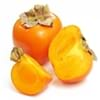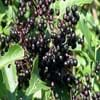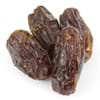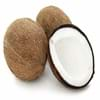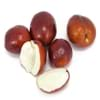Health Benefits
Cancer prevention, Helps in cartilage regeneration, Prevents macular degeneration, Treatment of alzheimer's disease
Cancer prevention, Kidney stone treatment, Prevents constipation, Treatment of alzheimer's disease
General Benefits
Anti oxidant properties, Anti-inflammatory properties, Boosts immune system, Controls blood pressure, Digestive aid, Maintains healthy cholesterol level
Digestive aid, Improves eye vision, Maintains healthy cholesterol level, Treatment of migraine
Skin Benefits
Hydrates skin, Skin rejuvenation, Treatment of skin diseases
Anti-aging benefits, Heals sunburn, Skin rejuvenation, Treatment of dark spots
Hair Benefits
Acts as moisturizer, Good conditioner, Regulates hair growth
Prevents hair loss, Regulates hair growth, Treatment of dandruff
Allergy Symptoms
NA
Anaphylaxis, Asthma, Breathing difficulty, Coughing, Drop in blood pressure, Hives, Skin rash, Stuffy nose, Swelling of mouth, tongue or lips, Wheezing
Side Effects
Affects blood glucose levels, Dizziness, Stomach pain
Allergic reaction, Skin rash, Might slow down the process of blood clotting
Best Time to Eat
Hardly eaten raw, Olive oil is consumed for many purposes.
As a snack in the late afternoon, Don't consume at night and before bed, Eat the fresh ones, avoid mixing with any other foods, don't eat after meal., Morning time (before lunch)
Vitamin B5 (Pantothenic Acid)
Vitamin C (Ascorbic Acid)
Vitamin K (Phyllochinone)
Phytosterol
Not Available
Calories in Fresh Fruit with Peel
Calories in Fresh Fruit without Peel
Not Available
Not Available
Calories in Frozen Form
Not Available
Season
Spring, Summer
Autumn, Summer
Varieties
Manzanillo, Sevillano, Mission, Ascolano, Barouni, Gordal, Rubra and Picholine
Cabernet Sauvignon, Merlot, Pinot Noir, Syrah/Shiraz and Zinfandel
Color
Black, Green, Purple, Yellow
Green, Red
Inside Color
Brown
Light Green
Origin
Eastern Mediterranean Region
Western Asia, Central Europe
Soil Type
Well-drained
Clay loam, Sandy loam
Climatic Conditions
Warm to hot climate
Warm
Facts about
- In ancient Greece, 1st eye shadow was made by adding olive oil in ground charcoal.
- The most expensive form of olive oil is Extra Virgin.
- Largest type of olive tree is known as donkey tree & smallest one is called bullet.
- If left alone, a grapevine can spread 50 feet and even more.
- There are more than 8,000 varieties of grape worldwide.
- They are available in 7 different colors: red, green, white, black, purple, blue and golden.
Other Countries
Algeria, Egypt, Greece, Italy, Morocco, Portugal, Syria, Tunisia, Turkey
Argentina, Armenia, Australia, Chile, France, Iran, Italy, Portugal, Romania, Turkey, United States of America
Top Importer
United States of America
United States of America
Botanical Name
Olea europaea
Vitis vinifera
Synonym
Not Available
Not Available
Subkingdom
Tracheobionta
Tracheobionta
Division
Magnoliophyta
Magnoliophyta
Class
Magnoliopsida
Magnoliopsida
Species
O. europaea
Vitis vinifera
Generic Group
Olive
Grape
Difference Between Olive and Grape
We might think that Olive and Grape are similar with respect to nutritional value and health benefits. But the nutrient content of both fruits is different. Olive and Grape Facts such as their taste, shape, color, and size are also distinct. The difference between Olive and Grape is explained here.
The amount of calories in 100 gm of fresh Olive and Grape with peel is 115.00 kcal and 69.00 kcal and the amount of calories without peel is Not Available and Not Available respectively. Thus, Olive and Grape belong to High Calorie Fruits and Low Calorie Fruits category.These fruits might or might not differ with respect to their scientific classification. The order of Olive and Grape is Lamiales and Vitales respectively. Olive belongs to Oleaceae family and Grape belongs to Vitaceae family. Olive belongs to Olea genus of O. europaea species and Grape belongs to Vitis genus of Vitis vinifera species. Beings plants, both fruits belong to Plantae Kingdom.
